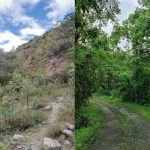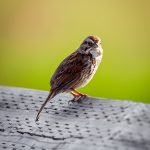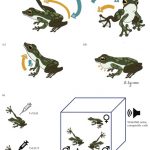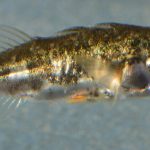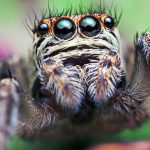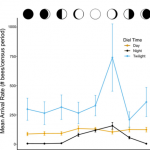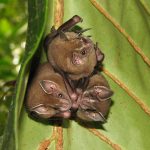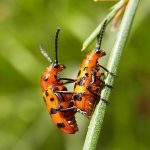This gallery contains 4 photos.
With the climate crisis ravaging our planet, it is crucial to understand how animal behavior adapts to changing environmental conditions. Although not always the result of climate change, new ecological or geographical barriers can cause the divergence of species. Divergence … Continue reading

